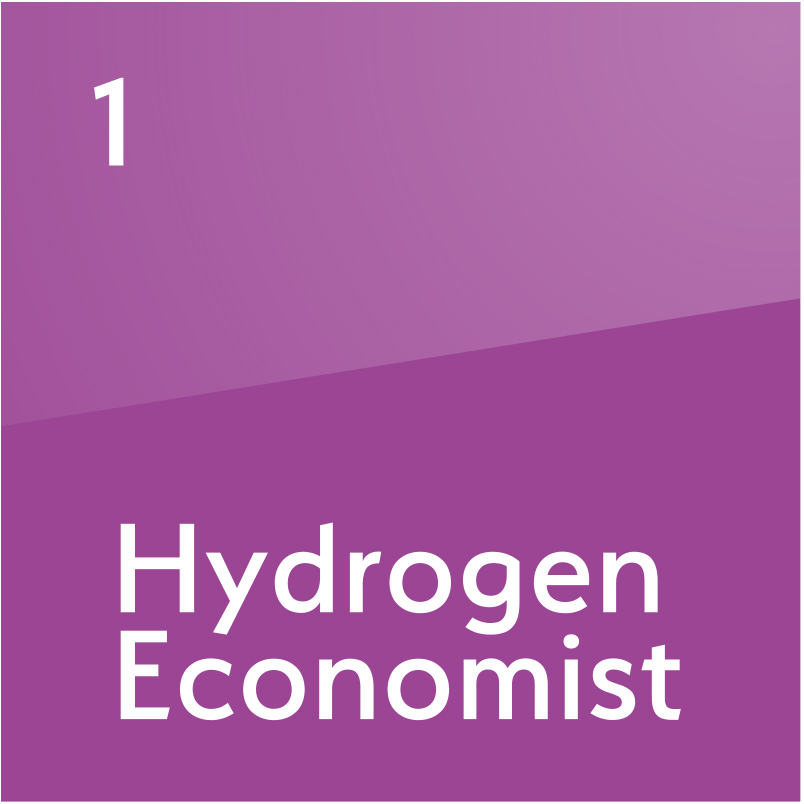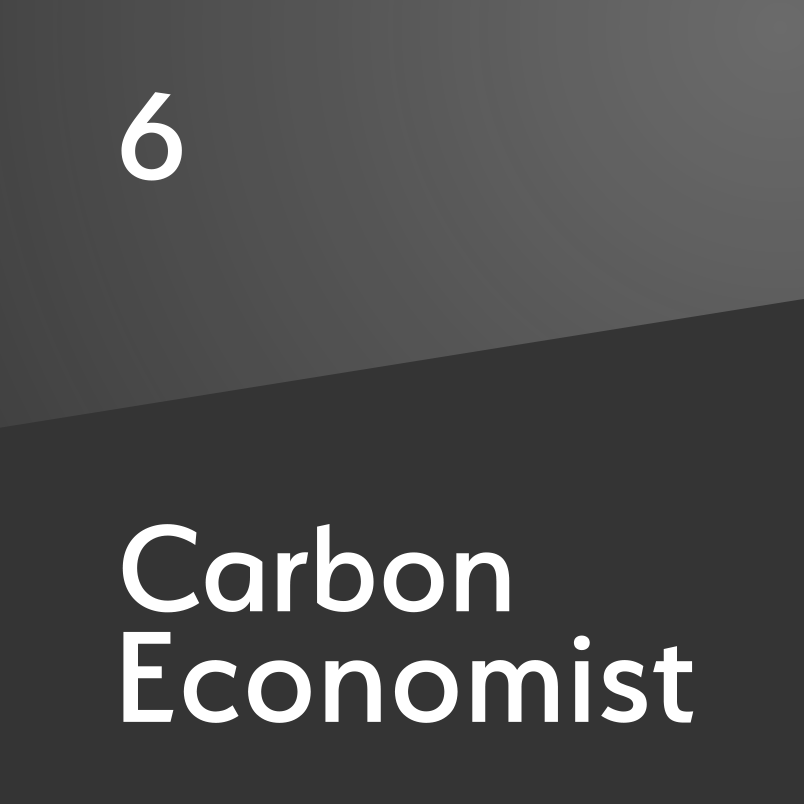Hydrogen’s future is facing significant challenges. Across the sector, major projects are being cancelled or delayed due to high costs, uncertain offtake agreements and the operational complexities of integrating green hydrogen into existing systems.
BP has withdrawn from 18 projects, Mississippi-headquartered Hy Stor has abandoned more than a gigawatt of electrolyser capacity, and Denmark’s Orsted recently scrapped its FlagshipOne hydrogen project, despite increased H1 profits. These cancellations reflect a broader issue: hydrogen remains costly, and if it is used as a fuel it is also difficult to implement, making widespread adoption challenging.
The key constraint is the cost of green hydrogen, which largely depends on the cost of green electricity. While the cost of renewable generation is falling, this does not always translate to the cost of green hydrogen as grid electricity is often not cheap, behind-the-meter renewables are intermittent (so require storage or backup) and green hydrogen standards have tough additionality requirements. In addition, electrolysers are also taking time to come down in cost.
However, cost is not the only challenge. Even when green hydrogen is priced competitively with natural gas on an energy-equivalent basis, if hydrogen is the fuel, adoption remains difficult due to infrastructure costs and technical complexity. Hydrogen requires new pipelines, storage and safety protocols. In this environment, many hydrogen companies are shifting into survival mode, with the outlook for the next four years looking tough.
Reliable offtake model
Amid these challenges, power-to-liquids (PTL)—in particular, sustainable aviation fuel (SAF)—provides a viable offtake solution for hydrogen producers. Unlike other hydrogen applications, SAF benefits from regulatory mandates and strong political support, ensuring long-term demand at higher prices. The UK and the EU already have regulatory frameworks in place, with growing interest from regions such as Singapore and the Middle East.
Aviation faces a clear regulatory push towards decarbonisation, and airlines and their fuel suppliers—driven by public and policy pressure—are more willing to commit to long-term SAF agreements. This is particularly true in discretionary travel, such as business and luxury flights, where price increases are easier to justify. In contrast, hydrogen adoption in industries such as steel and fertilisers directly impacts infrastructure and food costs, making uptake more challenging.
Additionally, airlines and their fuel suppliers generally have stronger credit ratings than many industrial, transport or heating hydrogen customers, improving the bankability of SAF projects. Though margins are tight, airlines are well-established businesses with a long-term presence, giving investors greater confidence in market stability. SAF also has a critical advantage as a drop-in fuel, requiring no changes to aircraft engines or airport infrastructure.
Once infrastructure is in place and hydrogen is produced at scale for SAF projects, surplus capacity can be redirected to other sectors, lowering costs and accelerating market expansion. Over time, the lessons learned from SAF-driven hydrogen production can support wider applications as costs decline and infrastructure matures.
Looking ahead
For hydrogen to succeed, the industry must prioritise applications with stable demand and regulatory backing. SAF provides the firm offtake model hydrogen projects need, while PTL offers a viable commercial pathway to scale. Rather than waiting for hydrogen demand to develop, the sector should leverage PTL to unlock large-scale hydrogen production now.
OXCCU is at the forefront of this shift, working to scale its technology and demonstrate the commercial viability of PTL at an industrial level. With strong backing from Saudi Aramco, Italian energy firm Eni, trader Trafigura and the US' United Airlines, the SAF supply chain is aligning around this opportunity.
By embracing PTL, the hydrogen sector can establish a scalable foundation, driving decarbonisation in aviation while enabling broader adoption across industries. The opportunity is clear: PTL can stabilise hydrogen's future, transforming uncertainty into momentum for the energy transition.
The author is the co-founder and CEO of OXCCU, a spinout from Oxford University, specialising in converting CO₂ into fuels, chemicals, and plastics via novel catalysis.








Comments